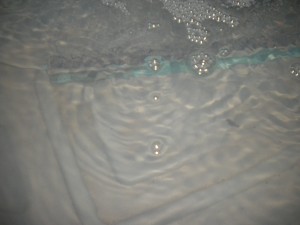QUICK ANSWER : Every Seven Days
Longer Answer: When you are trying to decide when to change your nutrient reservoir in your hydroponic recirculation system, there are a few things to consider. The size of your reservoir, the amount of nutrients remaining in the solution, ph, and how clean the water is. If your water looks gross, it probably is gross. Gross water = Gross plants. Gross deserves a capital G for that equation.
The bigger your reservoir the further you can go between res changes(Res change is short for water/nutrient reservoir change ). Big reservoirs may be more forgiving then a small reservoir. Small reservoirs may change by hundreds of ppm in a single day. Hydroponic systems require close monitoring of nutrient levels to avoid burning plants. If your reservoir loses water to evaporation make sure to top it off with plain water or a very low ppm solution. Res changes mostly apply to recirculating systems. Non-recirculating or “run to waste” hydroponic systems only require you to change the solution every two weeks. The nutrient solution stays clean and the PH is maintained in a non-recirculating system. The most important part of a good hydroponic system is a clean nutrient reservoir.
